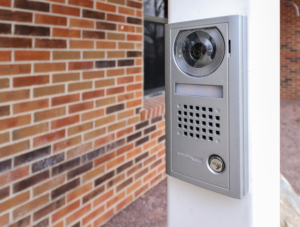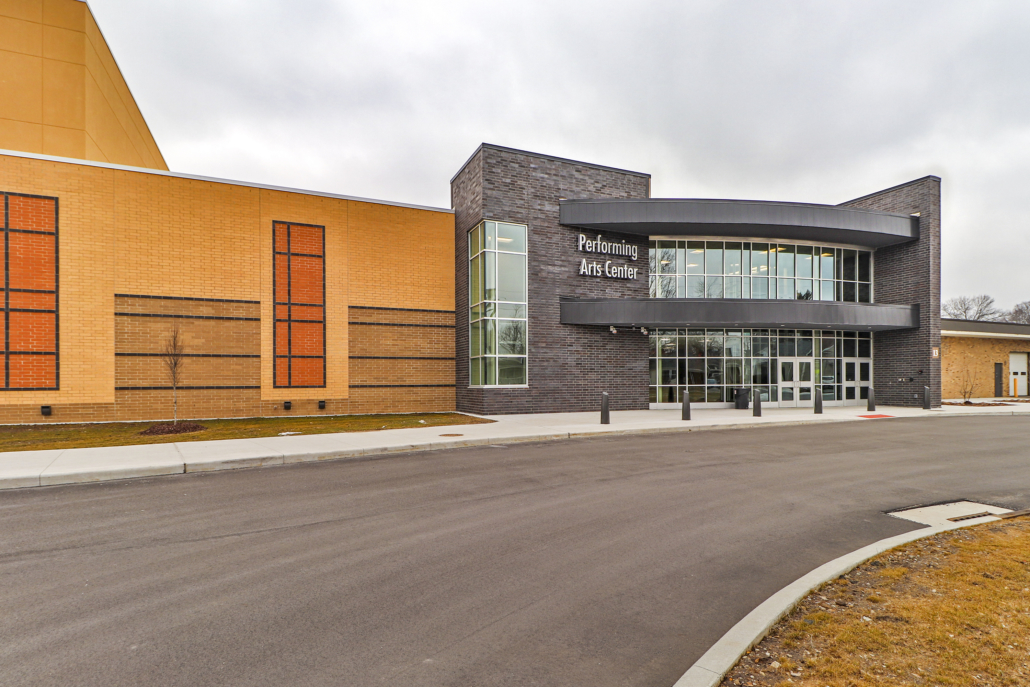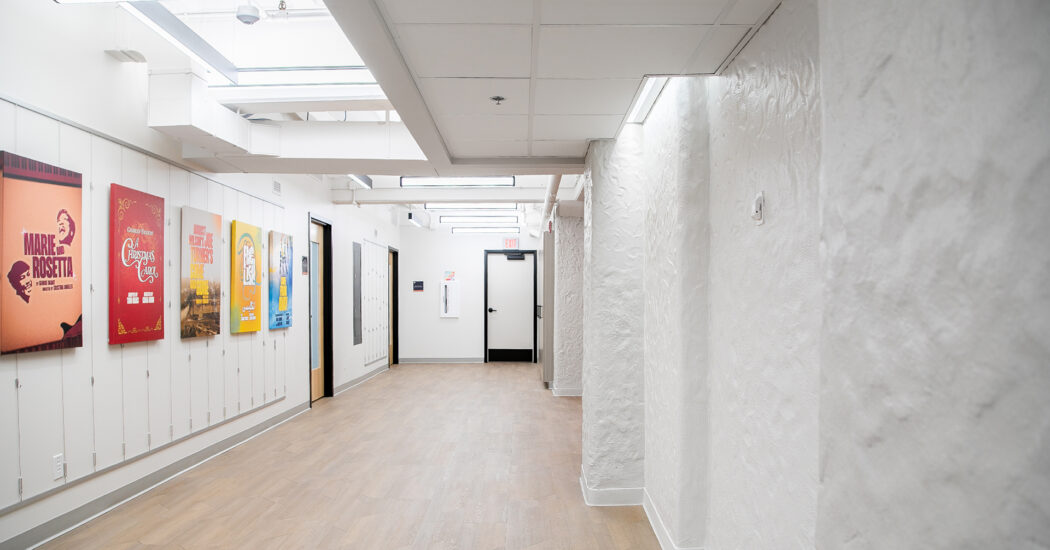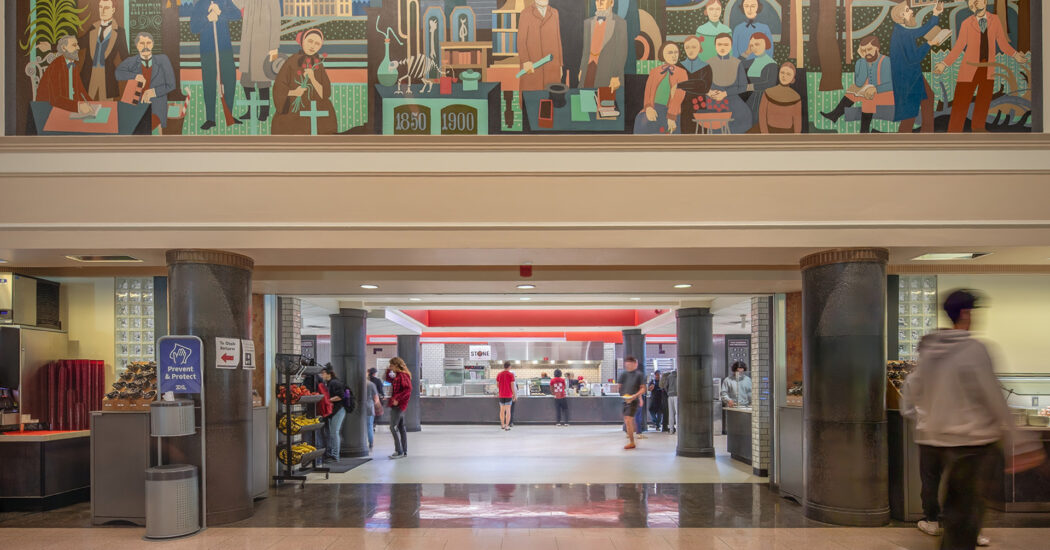5 Ways to Improve School Safety through Site Design
-
Category
Studio-K12, Innovation -
Posted By
Cindy McLoed -
Posted On
Apr 01, 2019
Physical design features are only one piece of enhancing school safety and security that we—as designers—can directly play a part in. School Corporations regularly tell us student and staff safety are their top priority when taking on a new project, as it is ours as well.
School safety includes crime prevention as well as traffic safety. Looking at the outside of a school, we have 5 main ways to improve school safety through site design alone:
1. Fencing
- Fencing helps to designate a sense of place, maintain lines of site, and restrict access to areas of the school that might not be highly visible.
- Fences around playground areas help keep kids in a safe area while running around at recess, separate the “little kids” from the “big kids”, and keeps others out. Including fencing around vehicular areas, providing separation between walkways and drop-off/pick-up areas, can help to keep kids from darting into traffic.
- Choose a material that is easy to see through but difficult to climb or vandalize—often wrought iron or ornamental fencing.

West Lafayette New Intermediate School – Fenced Playground
2. Security system
- Include real-time security on the premises that local police can have access to in the event of an emergency.
- Making the security cameras highly visible can also deter criminal activity before it starts.
3. Management of access points
- Create a welcoming main entrance to the building through a secure vestibule which leads directly to the main reception area. Access into school corridors are controlled from here. Including card readers to monitor when a door is being opened and by who also helps with access control.
- Limit the number of access points so school personnel can better monitor the comings and goings throughout the school day.
- Physically separate school bus drive, parent drop-off/pick-up routes, and parking areas to help alleviate the chance of traffic-related issues. Clearly mark all separate areas with signs and include traffic flow directions for clear orientation. This is helpful in guiding students, parents, and emergency personnel.

Battell Elementary School, School City of Mishawaka – Secure Entry Technology
4. Natural surveillance – maximize visibility from within
- Give people who might consider committing a crime on the school grounds a sense that they are being watched. This alone can help prevent crimes from occurring in the first place.
- There should be clear lines of sight from road/parking lot/entry for school personnel. Make sure any landscape elements are maintained and trimmed regularly so bushes or trees do not block this line of sight.
- Include windows in main office area so staff can monitor parking lots and entry walkways.
- Sufficient exterior lighting eliminates potential hiding spots and increases overall visibility from school personnel.
5. Territoriality
- By creating a well-defined and appealing exterior, incoming visitors will know they are coming into a protected, cared for, and proud space. This can be done through:
- Clear, recognizable main entry.
- Exterior door numbering for the public and authorities in emergency.
- Utilizing school colors to define walking spaces from vehicular traffic areas.
- Landscaping elements like shrubs, trees, stones, and fencing that are low to the ground for visibility and well maintained.
- Site signage that clearly identifies school name, front entry, and other specific destinations such as athletic fields and performing arts entries.
- Ongoing maintenance is important, such as repairing and updating doors and windows before they begin to “really show their age”.
- Landscape elements should be low to the ground or have a high canopy to prevent spaces that can’t be supervised or monitored.

LaPorte High School – Performing Arts Center Entrance
There are many approaches to take when it comes to improving school safety through design, this is in no way a be-all-end-all list. Each school has a unique site and a specific set of needs, but these five simple tactics can be used as part of an overall strategy.
It is also important to note there are no school safety measures that are 100% reliable—despite the best plans and precautions. Please reach out if you are interested in learning about what is best for your school, have questions, or would like additional safety tips. Our K-12 team is ready to work for and with you!







